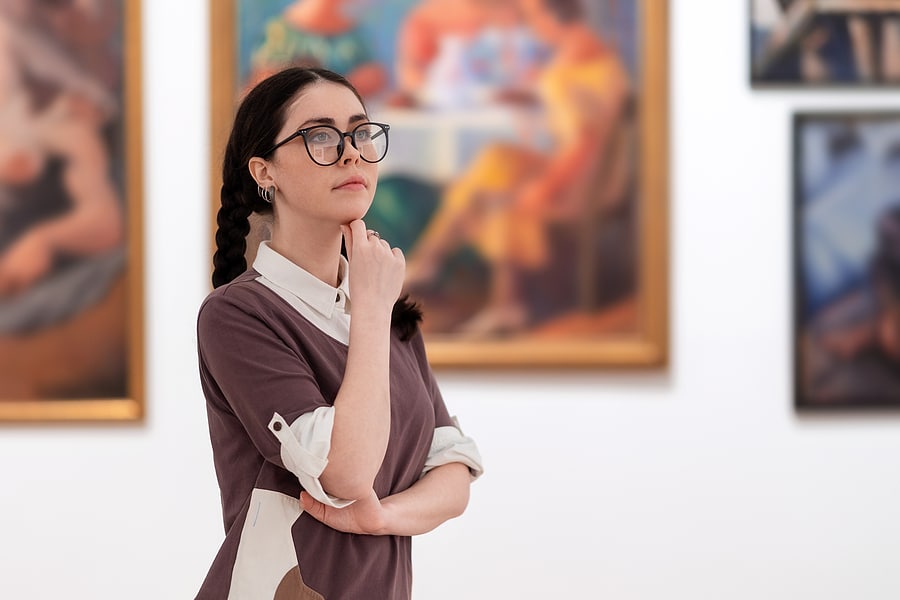When you visit an art exhibition in London, you can reasonably expect the picture frames to be displayed the right way around. However, the Prado gallery in Madrid is taking this well established custom and turning it around, quite literally. The Guardian reports that the Reversos (On the Reverse) exhibition is taking a peek around the back.
The gallery has taken some of its most famous paintings, including works by Velazquez, Picasso, Goya, Rembrandt, and Van Gogh, and displayed the little-seen reverse of the frames, which have their own story to tell. The idea is to encourage visitors to see beyond the surface image of the painting, and consider its whole physical presence.
The Prado’s director, Miguel Falomir, explained to the publication that the idea came from the Velázquez painting Las Meninas, which at first glance is a conventional court painting, but subverts the viewer’s expectations by including the artist himself looking out from behind a huge canvas. This enigmatic image has captivated the viewer’s imagination for centuries.
Falomir said: “The exhibition aims to remind us of something that I think Velázquez would also want us to consider if he were here, which is that art – and painting in particular – isn’t just about the image itself.”
He added: “Works of art are three-dimensional; when we focus solely on the image, which is a reproduction of a given moment frozen in time, we get some information, but we miss a lot when it comes to everything that the work means as an object.”
“I like to say that when you see a piece and its back and its frame, it’s like standing before an archaeological discovery in which each layer has its own story to tell us.”
The Prado exhibition consists of 105 paintings from its own collection, and 29 pieces from international museums and collections. Some have been displayed so that viewers can see both sides of the frame, while others have the painted side to the wall.
This often reveals hidden sketches, stamps, and all the fascinating details that only art professionals usually get to see.
The show’s curator, Miguel Ángel Blanco, said: “The great majority of paintings have always been hung from walls in museums where there’s no chance for people to spy out what’s behind the image and where you’re forbidden to get close to the objects – the frames are usually fixed to the walls and rigged with security.”
One of the paintings that will inevitably attract the attention of viewers is Martin van Meytens’ Kneeling Nun, painted in 1731. From the front, the painting is a sober portrait of a devout youthful nun at prayer. However, the reverse reveals an eyebrow raising secret: the nun has lifted her habit to reveal her naked behind.
The painting was apparently a pornographic image created for the Swedish ambassador to Paris. The sense that the viewer is looking at forbidden fruit is a theme throughout the entire exhibition, revealing everything from the blatantly erotic to the mundane and the tragic, such as a Salomon Koninck painting that was stolen by the Nazis.
It’s certainly a thought-provoking concept, and is available to view until 3 March 20024.
